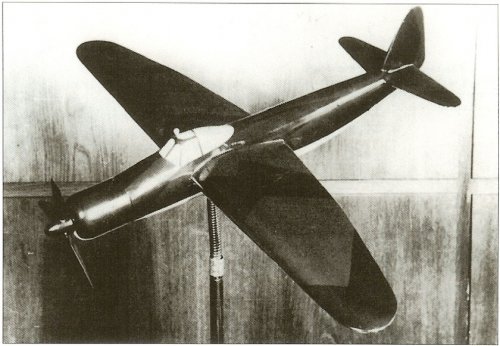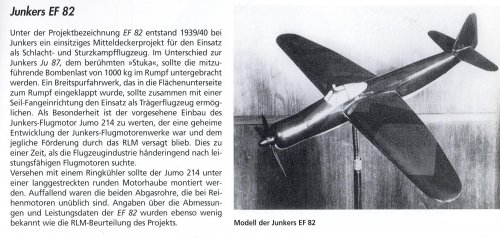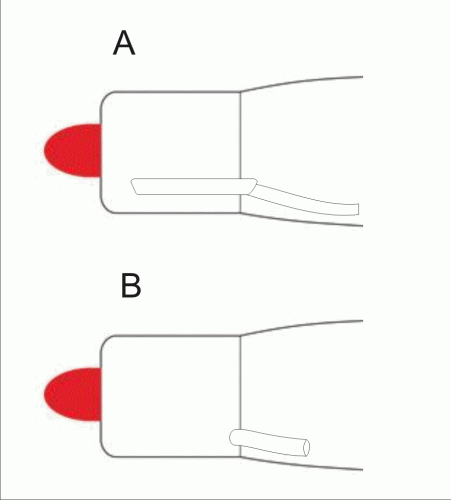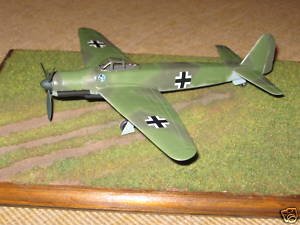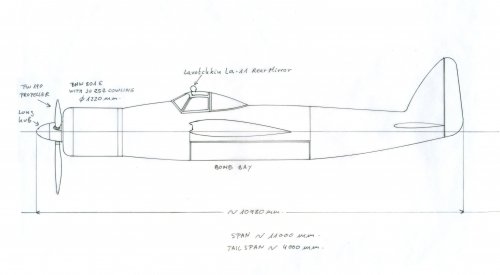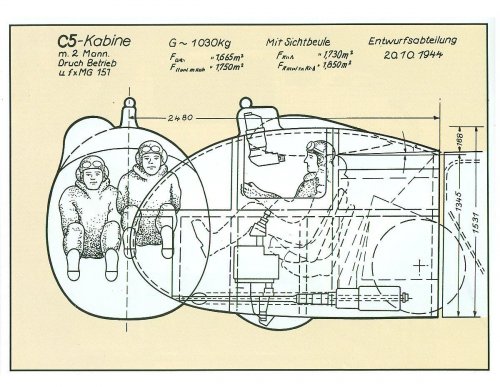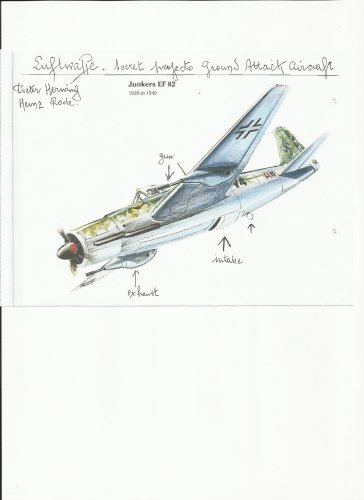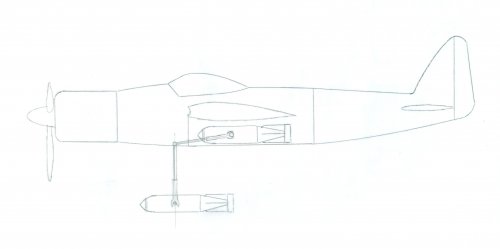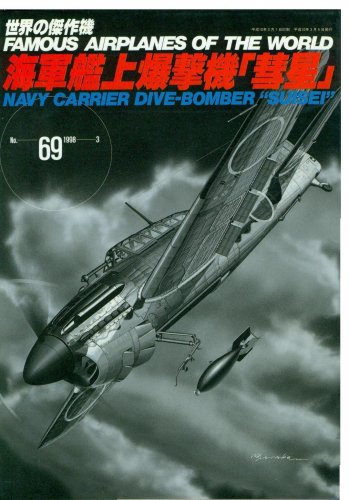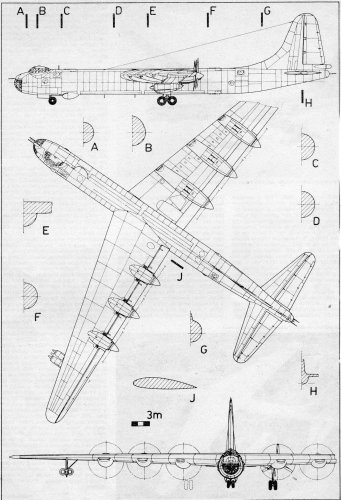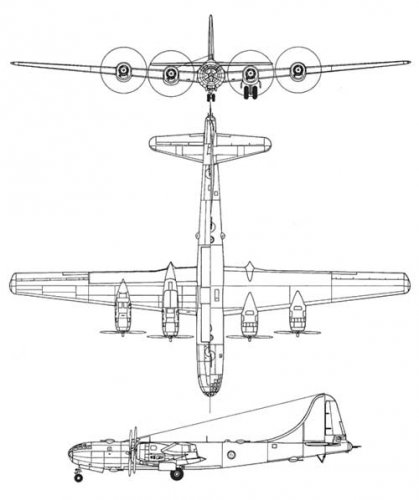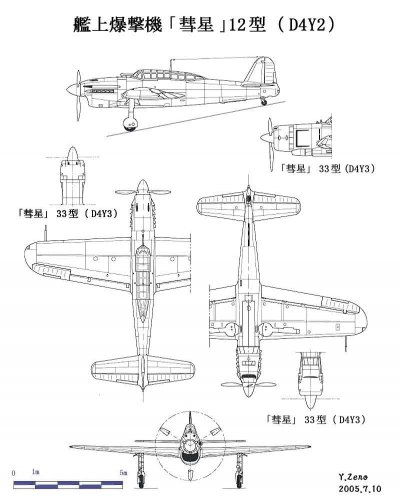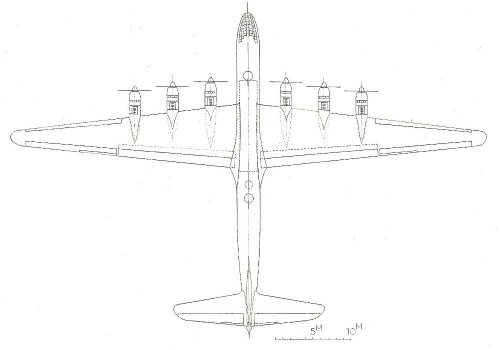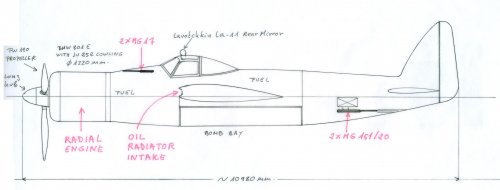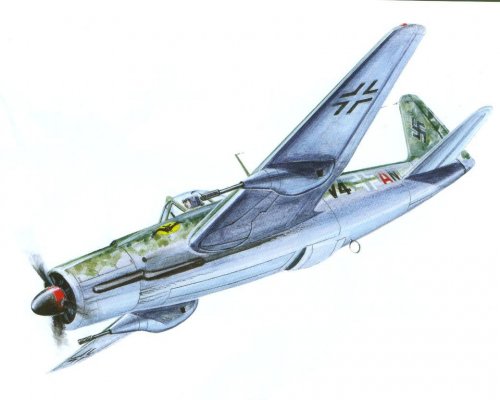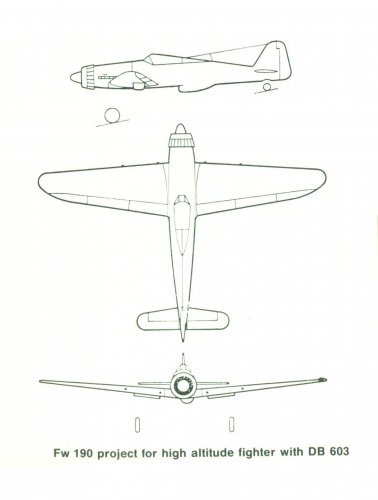- Joined
- 28 October 2006
- Messages
- 1,004
- Reaction score
- 118
Dear all
If I may be a pain in the seating area again... :
Following on from the German Twin-engined Carrier Aircraft thread I noted that the Junkers EF 82, apart from having a single powerplant of course, provision for a hook was possible should a carrier based version be required.
I would be very grateful if anyone has any 3-views or references to share?
Many thanks
P

If I may be a pain in the seating area again... :
Following on from the German Twin-engined Carrier Aircraft thread I noted that the Junkers EF 82, apart from having a single powerplant of course, provision for a hook was possible should a carrier based version be required.
I would be very grateful if anyone has any 3-views or references to share?
Many thanks
P

